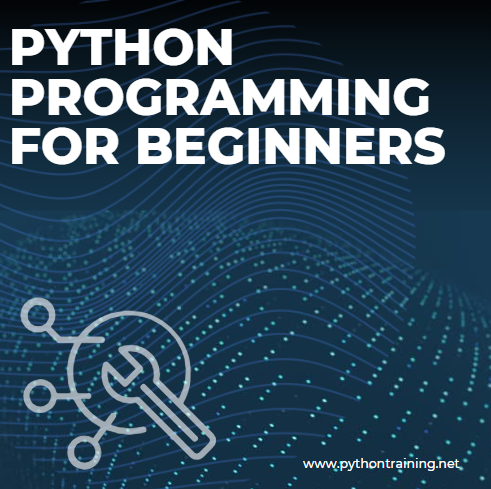Python is a versatile and beginner-friendly programming language that has gained immense popularity in recent years. Its simplicity, readability, and wide range of applications make it an ideal choice for those who are new to programming. In this article “Python Programming for Beginners”, we will take you on a journey through the basics of Python programming, helping you get started without diving into code intricacies.
Introduction to Python Programming
A brief introduction to Python
Python is a high-level, general-purpose programming language created by Guido van Rossum and first released in 1991. It is known for its elegant and easy-to-read syntax, making it an excellent choice for beginners. Python is versatile and can be used for web development, data analysis, artificial intelligence, and more.
Why Python is a popular programming language
Python’s popularity can be attributed to several factors. It offers a vast standard library, which simplifies programming tasks. Python’s readability reduces the cost of program maintenance and development. It is cross-platform, so you can write code on one operating system and run it on another without modification. Python also has a large and active community, which means plenty of resources and support for beginners.
Setting Up Python
Installing Python
Before you start coding in Python, you need to have it installed on your computer. Python is available for Windows, macOS, and Linux. You can download the latest version from the official Python website, and the installation process is straightforward.
Choosing an IDE
An Integrated Development Environment (IDE) is a software application that provides a convenient environment for writing, debugging, and running your Python code. Some popular Python IDEs include PyCharm, Visual Studio Code, and Jupyter Notebook. Choose an IDE that suits your needs and preferences.
In Python, you can create variables to store data. Python supports various data types, including integers, floats, strings, and booleans. Learning how to work with variables and data types is fundamental to Python programming.
Conclusion
In this article, we have covered the essential aspects of Python programming for beginners. We’ve explored the language’s fundamentals, discussed best practices, and touched on its applications in web development, data science, and automation.
Python is an excellent choice for those taking their first steps into the world of programming. With a strong community, an array of libraries, and endless possibilities, Python can open doors to exciting career opportunities and personal projects.
So, don’t hesitate; start your Python journey today!
Frequently Asked Questions (FAQs)
- Is Python a good language for beginners?
- Yes, Python is considered one of the best programming languages for beginners due to its simplicity and readability.
- What is the difference between Python 2 and Python 3?
- Python 2 and Python 3 are different versions of Python. Python 3 is the latest and recommended version, while Python 2 is no longer supported.
- Do I need a powerful computer to run Python?
- No, Python is a lightweight language, and you don’t need a high-end computer to run it.
- Can I build mobile apps with Python?
- Yes, you can build mobile apps using Python with frameworks like Kivy and BeeWare.
- Where can I find Python resources for further learning?
- You can find Python tutorials, documentation, and courses online, and there are many Python books available as well.
